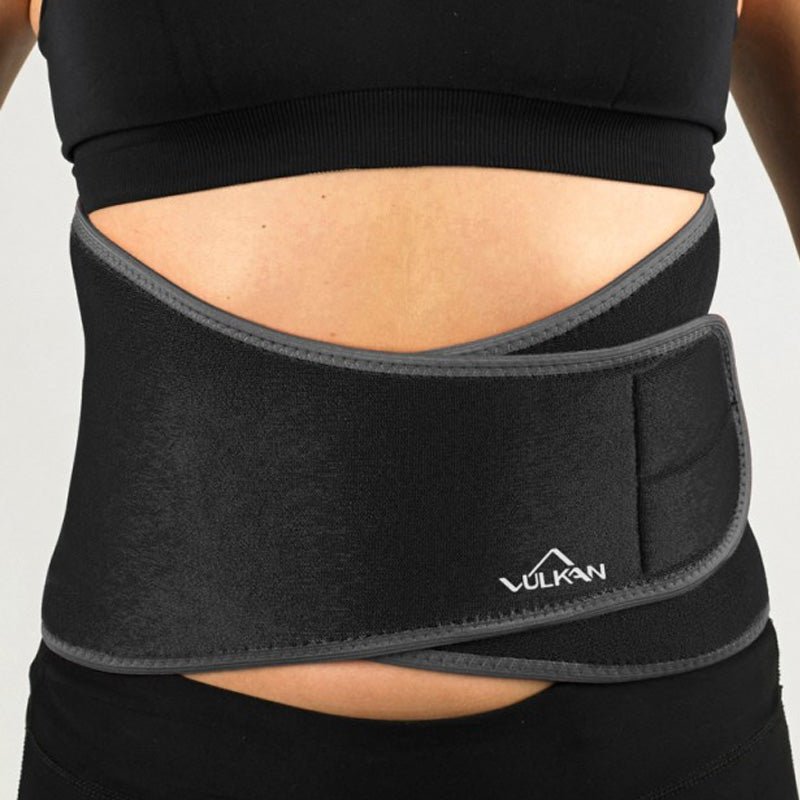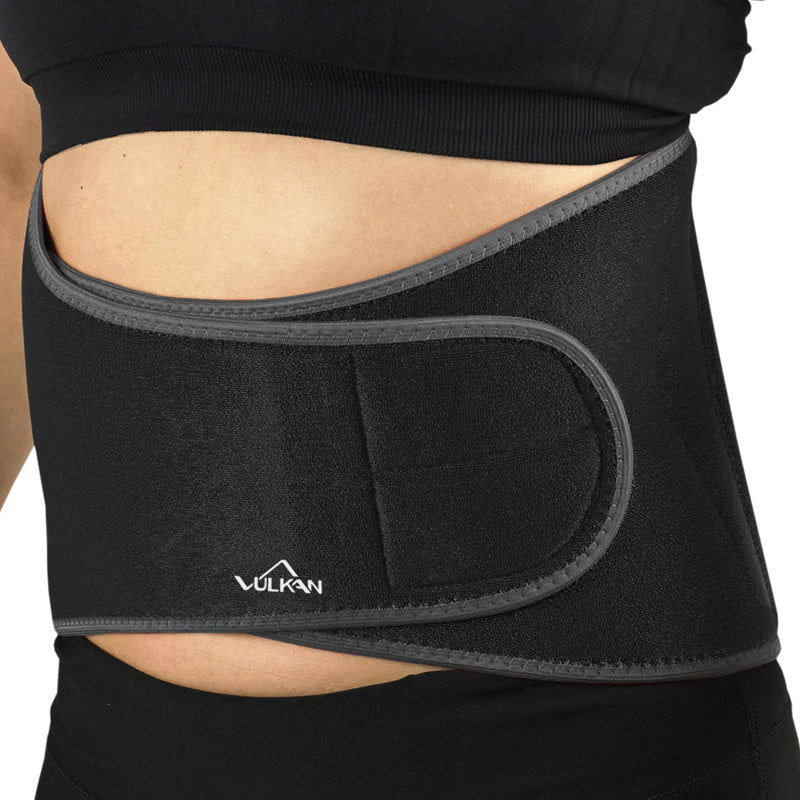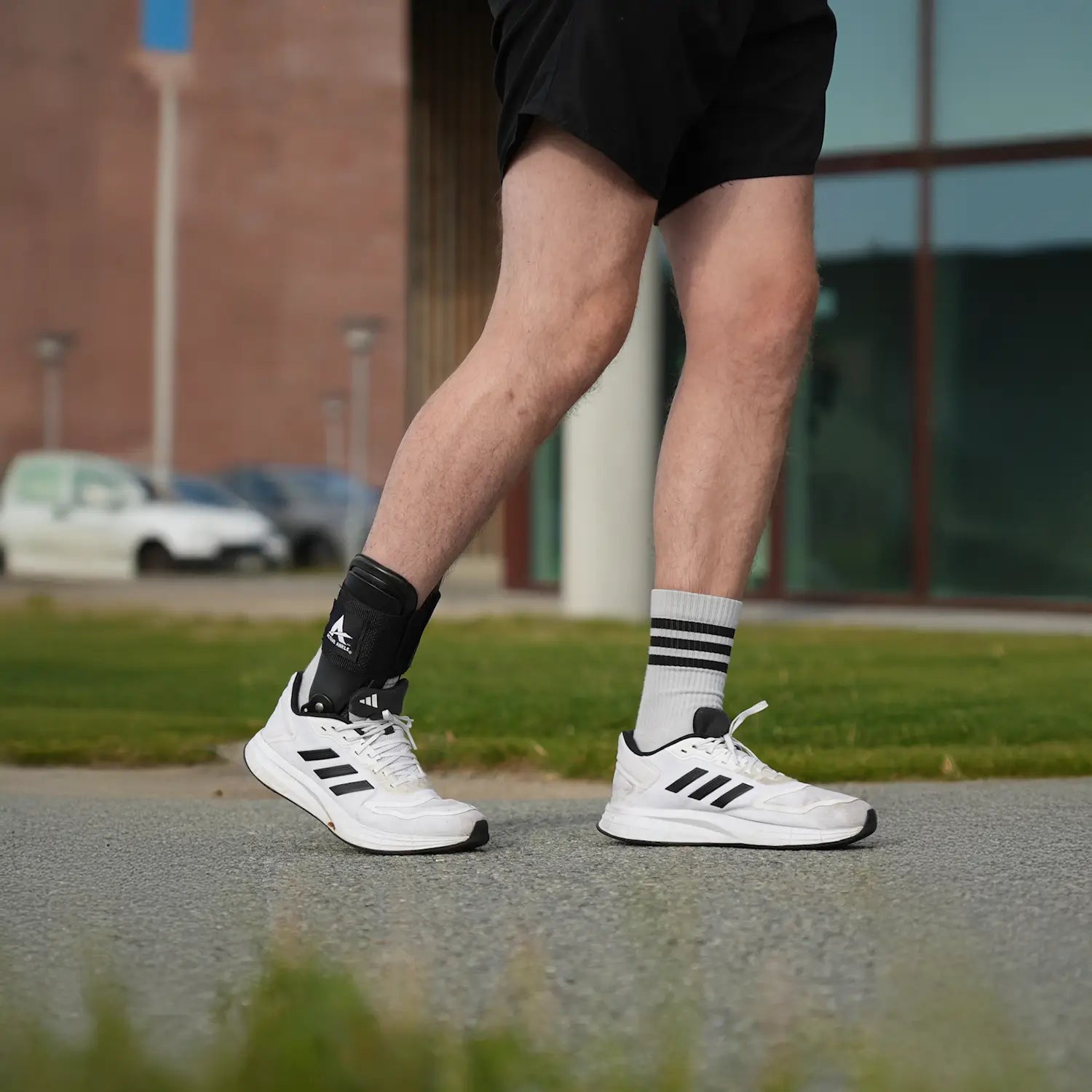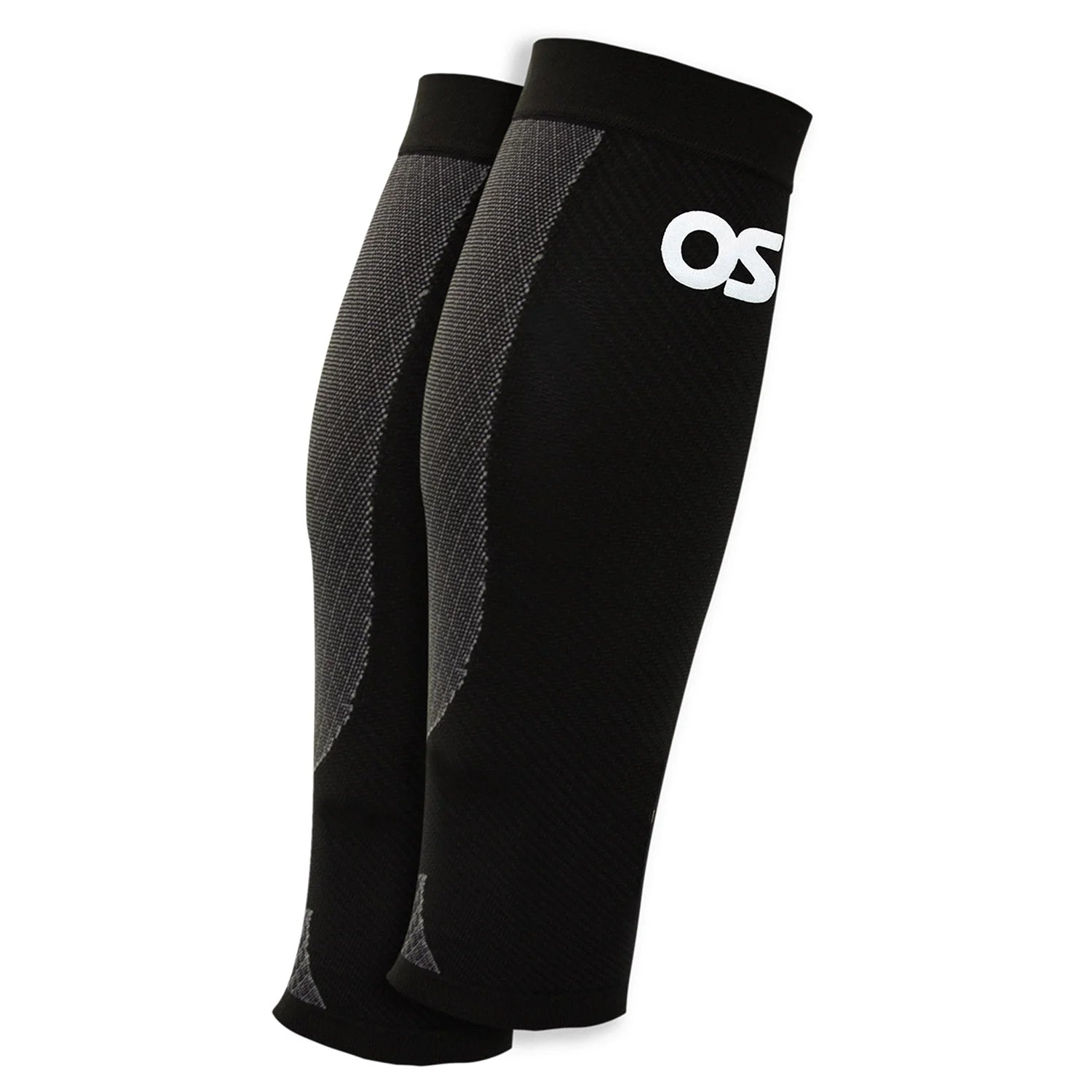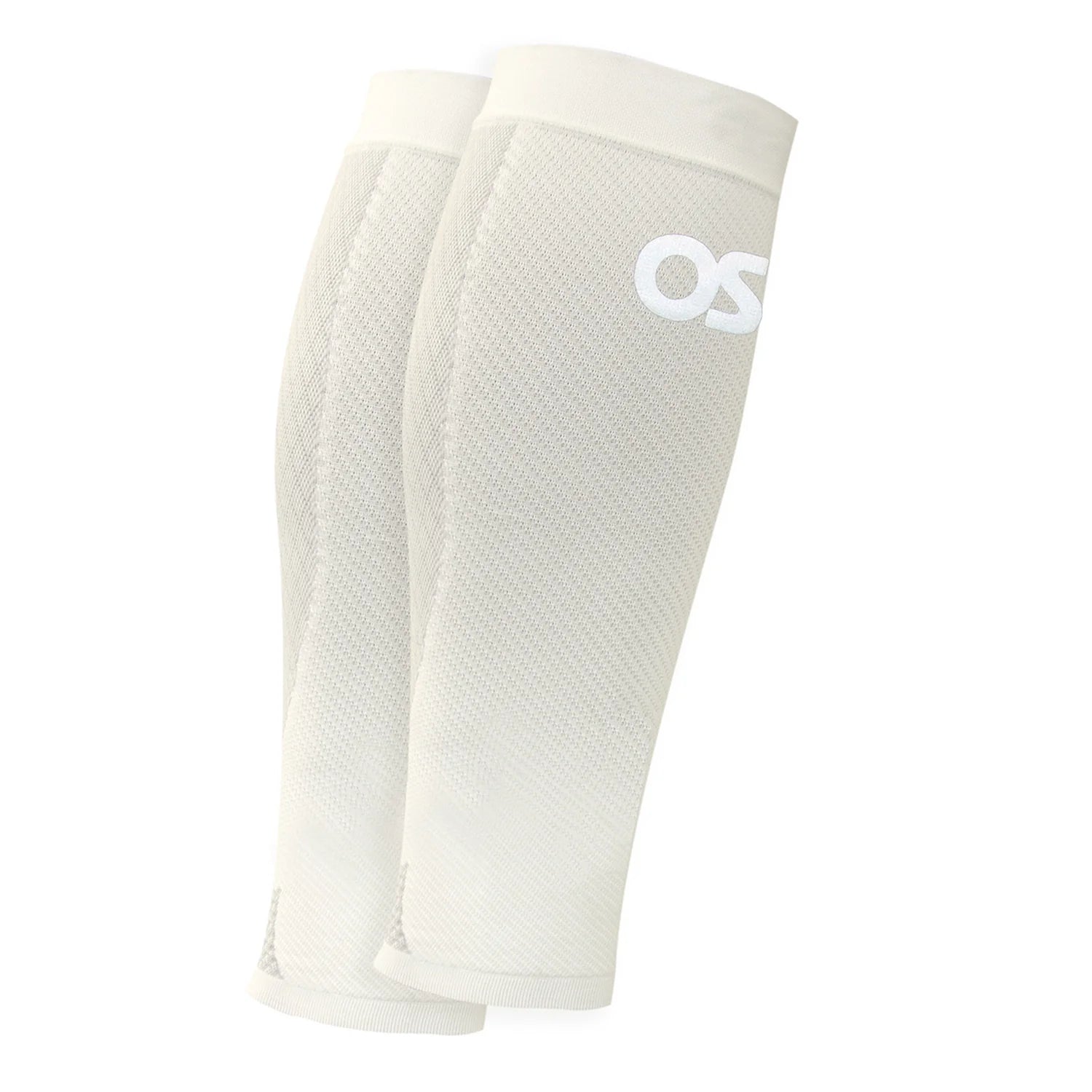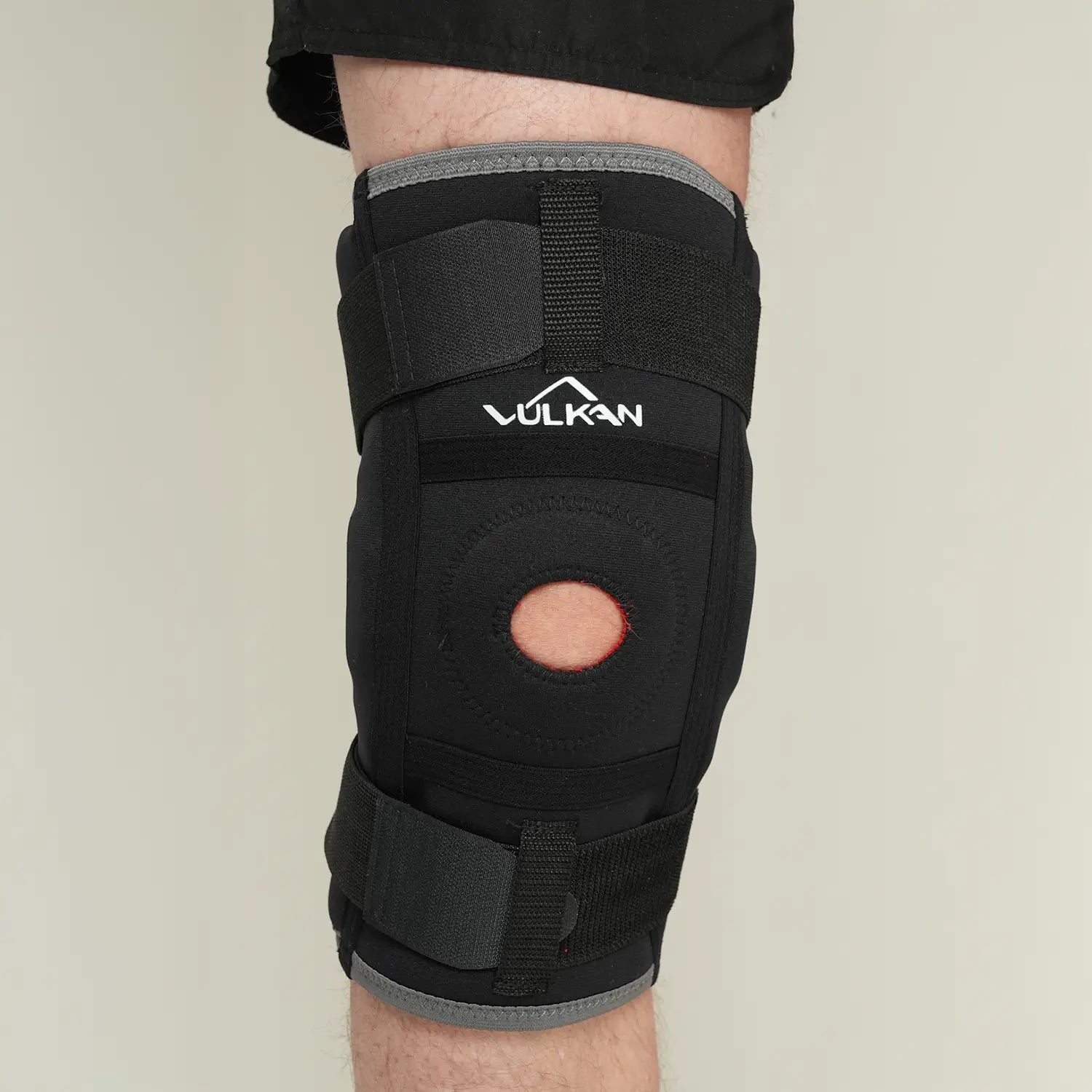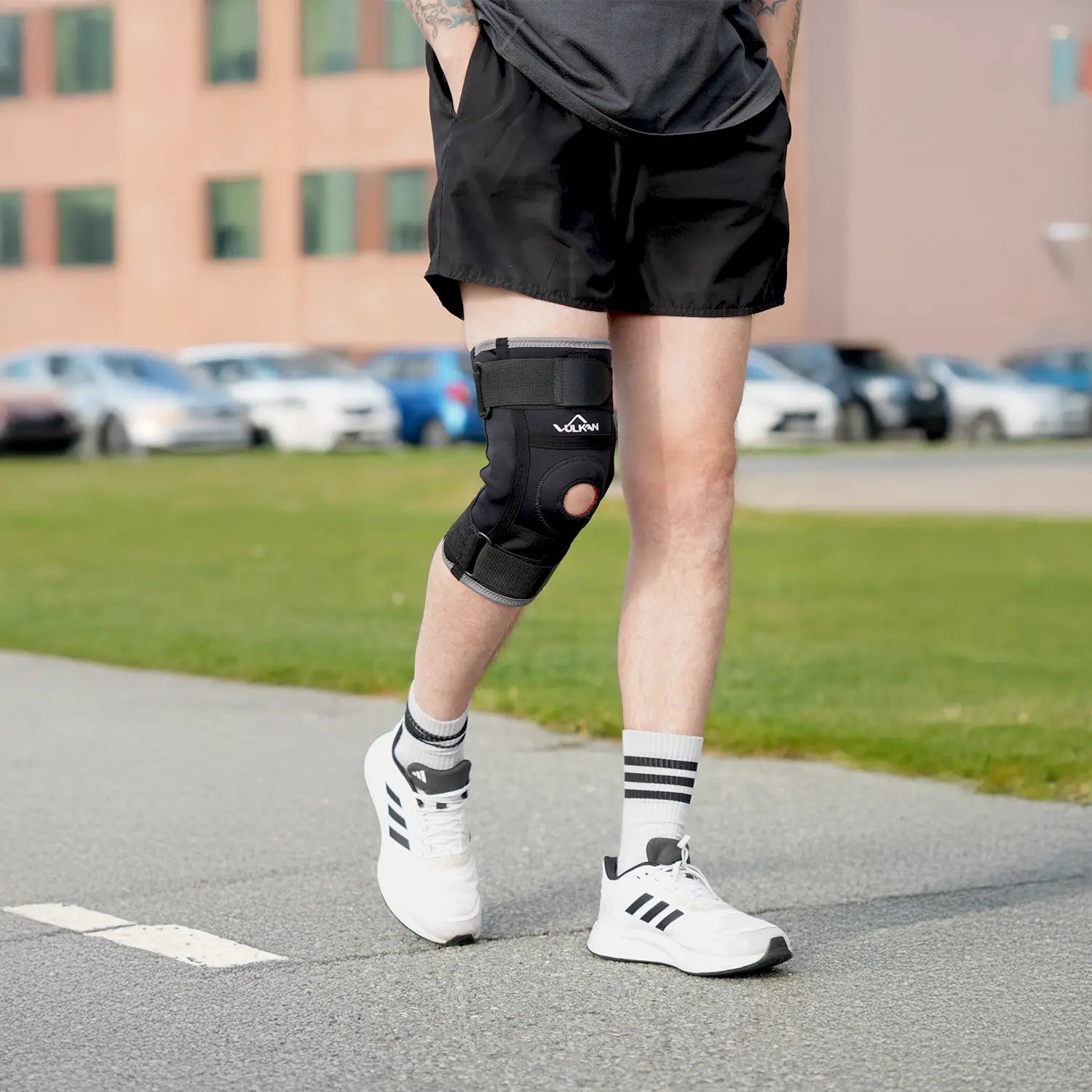
Elbow pain
Experiencing elbow pain is common and can be caused by a variety of conditions, from overuse to inflammation of the tendons or joints. Regardless of the cause, it is important to identify the problem early to prevent the pain from getting worse or becoming long-lasting. Many people who seek help for elbow pain often have monotonous jobs or play sports that involve repetitive arm movements, such as tennis, golf, or weight training.
What can cause elbow pain?
Elbow pain is often caused by overuse or incorrect movement patterns. Two of the most common diagnoses are tennis elbow (lateral epicondylitis) and golfer's elbow (medial epicondylitis). Both occur when muscle attachments in the elbow area become irritated or inflamed, usually after prolonged strain.
Other common causes can include osteoarthritis in the elbow joint, bursitis (inflammation of the bursa), nerve compression that affects sensation and mobility, or even injuries after a fall or blow. It is also possible for the pain to radiate from other parts of the body, such as the neck or shoulder, and be most noticeable in the elbow.
Common symptoms of elbow pain
The pain can manifest itself in several different ways. Many people describe a dull ache on the outside or inside of the elbow that worsens when gripping or lifting. Sometimes it can also feel like a tingling, burning sensation or weakness in the forearm.
If you experience pain that worsens with repetitive movements or if you have difficulty lifting or turning your forearm, it is often a sign that the tendon attachments are irritated. The pain may be mild at first but become more noticeable over time, especially if the strain continues without rest or treatment.
Treatment for elbow pain
When treating elbow pain, it is important to reduce the load and allow the tissues to recover. A first step is to avoid movements that aggravate the pain, such as lifting heavy objects or performing repetitive tasks. Relief through ergonomic adjustments in everyday life can be crucial to speeding up healing.
In acute cases, cold can reduce the pain. You should then begin gentle exercise, such as stretching your forearm muscles or light exercises that do not cause pain. As the pain subsides, you can gradually increase the load under the guidance of a physiotherapist.
In some cases, painkillers or anti-inflammatory drugs can provide temporary relief. Rehabilitation in the form of strength training and mobility exercises often provides the best long-term effect. It is also common to use a support or protection that relieves the muscle attachments and provides pain relief in everyday life.
Recommended products
Frequently asked questions about elbow pain
When should I seek treatment for elbow pain?
If the pain persists for more than a couple of weeks or if you have difficulty using your arm normally, you should contact a physiotherapist or doctor.
What is the difference between tennis elbow and golfer's elbow?
Tennis elbow is pain on the outside of the elbow, while golfer's elbow is pain on the inside. Both are caused by overuse.
Can I continue training with elbow pain?
Light exercises that do not provoke pain can be good, but you should avoid movements that aggravate the discomfort until the pain subsides.
Do elbow supports help with pain?
Yes, good support reduces the strain on irritated tendon attachments and often provides quick relief from conditions such as tennis elbow or golfer's elbow.
Related articles on rehcore.com
- Tennis elbow – symptoms and treatment
- Golfer's elbow - what it is and how to relieve the pain
- Forearm pain – causes and tips






